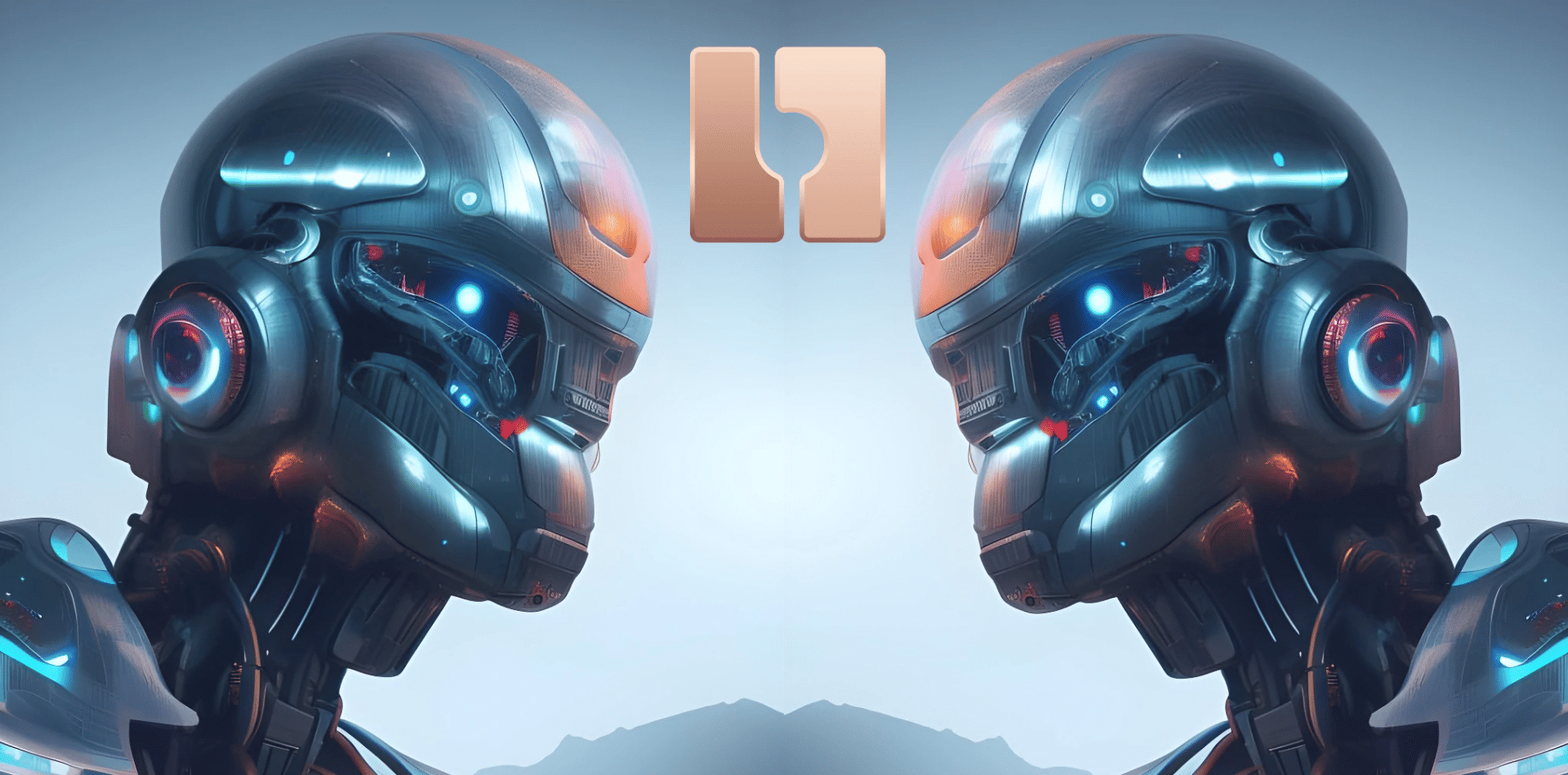Open-source CAD software and AI have the potential to revolutionize the field by providing a platform for collaboration and innovation. Closed-source ecosystems may struggle to keep up due to proprietary restrictions and a focus on commercial interests over innovation.
Feb 3, 2023
by Matas Ubarevicius & ChatGPT
The field of computer-aided design (CAD) has come a long way since its inception, with the advent of artificial intelligence (AI) set to revolutionize the industry even further. In this blog post, we will explore how open-source CAD software can enhance AI, and vice versa. Additionally, we will discuss why closed-source ecosystems may not benefit from the AI revolution in the same way that open-source software will.
The role of open-source CAD software in enhancing AI

AI Bots thinking how to make Bit By Bit Developers platform better.
Open-source software offers a unique opportunity for collaboration and innovation, enabling developers and users to have access to the code, modify it, and share it with others. This fosters a community of developers who work together to create better tools and improve existing ones. In the context of AI systems, which are increasingly becoming a part of our daily work environment, open-source software provides a more suitable platform for their growth and development.
AI systems learn by utilizing publicly accessible libraries, which presents a challenge for large corporations that prefer closed access. While open access allows AI to gain an in-depth understanding of various codebases, including custom industry patterns, limitations, and capabilities of algorithms, closed access impedes this process. This means that in the near future, AI systems will provide better advice and recommendations for open-source products compared to closed ones.
Just consider the OpenCascade kernel example - it's open-source and ChatGPT was able to give us great advice because it was able to learn and understand the code. On the other hand, closed-source systems restrict access, which slows down AI growth and limits its capabilities. Basically, open-source is like a giant brain-boosting library for AI. It helps AI learn faster and smarter, leading to better and more advanced AI systems.

ChatGPT AI explaining OpenCascade Kernel
While this answer might not be 100% correct, it doees lead developers on to learn more about what BRepExtrema package does and how it can be used in their projects. This is a great example of how AI can help developers learn more about open-source software and how it can be used to enhance their own projects.
The role of AI in enhancing CAD
AI has the potential to revolutionize the field of CAD by providing new ways to automate design processes, improve accuracy and efficiency, and generate new ideas and solutions. For example, AI algorithms can be used to optimize design parameters, generate design alternatives, and even create entirely new designs based on a set of specifications.
Additionally, AI can be used to analyze and process vast amounts of data in real-time, making it possible to identify patterns and trends that would have been difficult to spot manually. This can help to improve decision-making, identify areas for improvement, and drive innovation in the field of CAD.
Why closed-source ecosystems may not benefit from the AI revolution
Closed-source ecosystems are limited by proprietary restrictions, which prevent users from accessing, modifying, and sharing the code. This makes it difficult for developers to experiment and test new AI algorithms, hindering innovation and progress in the field.
Furthermore, closed-source ecosystems are often driven by commercial interests, which may prioritize profit over innovation and development. This can lead to a narrow focus on specific areas of development, preventing the creation of new and innovative AI tools that could benefit the CAD industry as a whole.
In conclusion, the combination of open-source CAD software and AI has the potential to revolutionize the field of CAD and drive significant advancements. By providing a flexible and collaborative environment for innovation, open-source CAD software is well-positioned to benefit from the AI revolution, while closed-source ecosystems may struggle to keep up.
